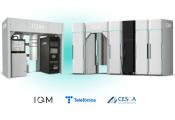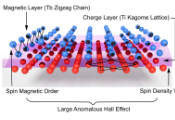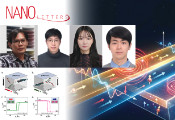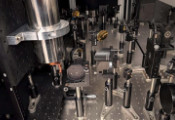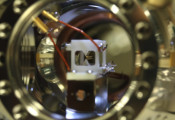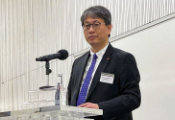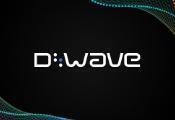Diraq Drives Global Control Techniques to New Heights
September 23, 2024 -- Diraq, a global leader in quantum computing based on silicon CMOS quantum dots, continues to drive groundbreaking innovations in the field of scalable quantum computing.
In research led by Ingvild Hansen, a PhD student at UNSW and Diraq and supervised by Henry Yang, the work detailed how we can drive qubits simultaneously and perform two-qubit logic using the same global driving microwave field.
To put it simply, we successfully developed a method to ensure excellent sustainable performance for a large number of qubits to operate in synch. The findings, Entangling gates on degenerate spin qubits dressed by a global field were published recently in Nature Communications.
This type of global control is essential for managing the fragility of qubits while also satisfying the requirements for scalability - allowing for the operation of millions of silicon qubits in an energy and resource-efficient manner, minimising the size and cost of fault tolerant computers
Consistent and repeatable performance is also key to the underlying integrity and capability of multi-qubit systems.
Significantly, our findings highlight how a technique known as qubit ‘dressing’ can overcome the fragility of entangling gates between superposition states and increase their robustness to noise. Additional advantages include reduced control bandwidth and reduced control signal interference. We noted that advanced microwave engineering will be important to produce a stronger and more uniform global magnetic field, an important aspect of our work going forward.
Diraq CEO and Founder, Andrew Dzurak commented – “The results of this research represent a crucial advance in qubit control and confirm that our silicon CMOS qubit technology can overcome frequency crowding in large-scale quantum computing systems.
It further supports Diraq’s leading capability in the development of a reliable global qubit control strategy for semiconductor spin qubits - essential for scalable and fault-tolerant quantum computing.”


